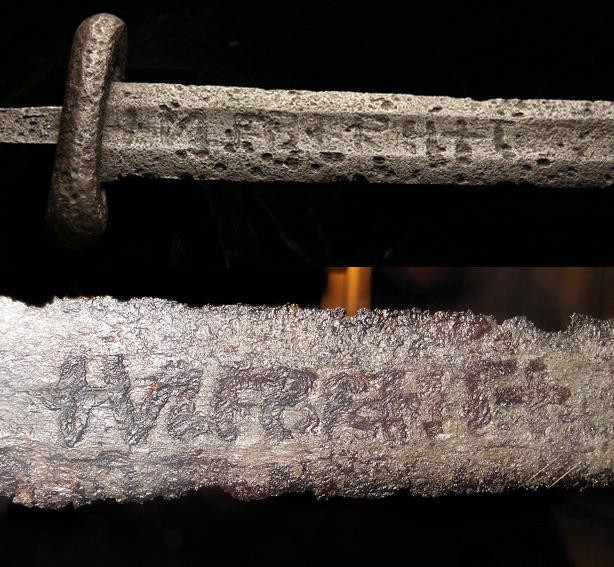A Tale of Ancient Innovation
In the misty fjords of Viking-era Scandinavia, a weapon of unparalleled quality emerged – the Ulfbehrt sword. These blades, bearing the mysterious inscription “+ULFBEHRT+”, were not just tools of war, but masterpieces of metallurgical innovation that would not be matched for centuries.
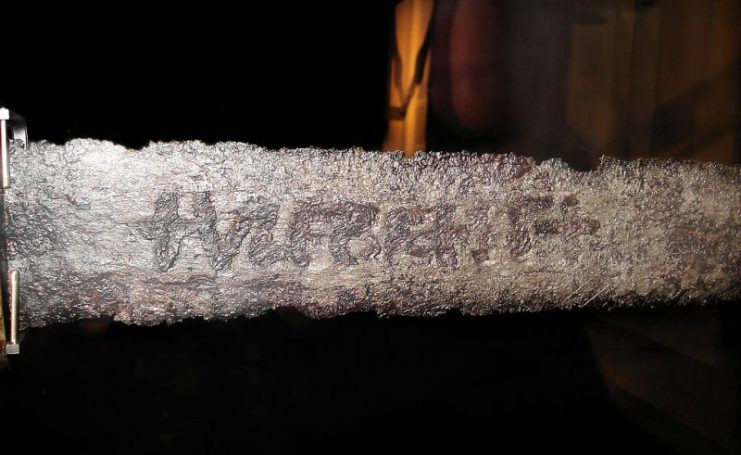
The Secret of the Steel
Crucible Steel: A Medieval Marvel
The true magic of the Ulfbehrt lay in its composition. Crafted from high-carbon crucible steel, these swords possessed a perfect balance of hardness and flexibility. This material, capable of cleaving through lesser blades and armor, was a closely guarded secret that wouldn’t be replicated in Europe until the Industrial Revolution.
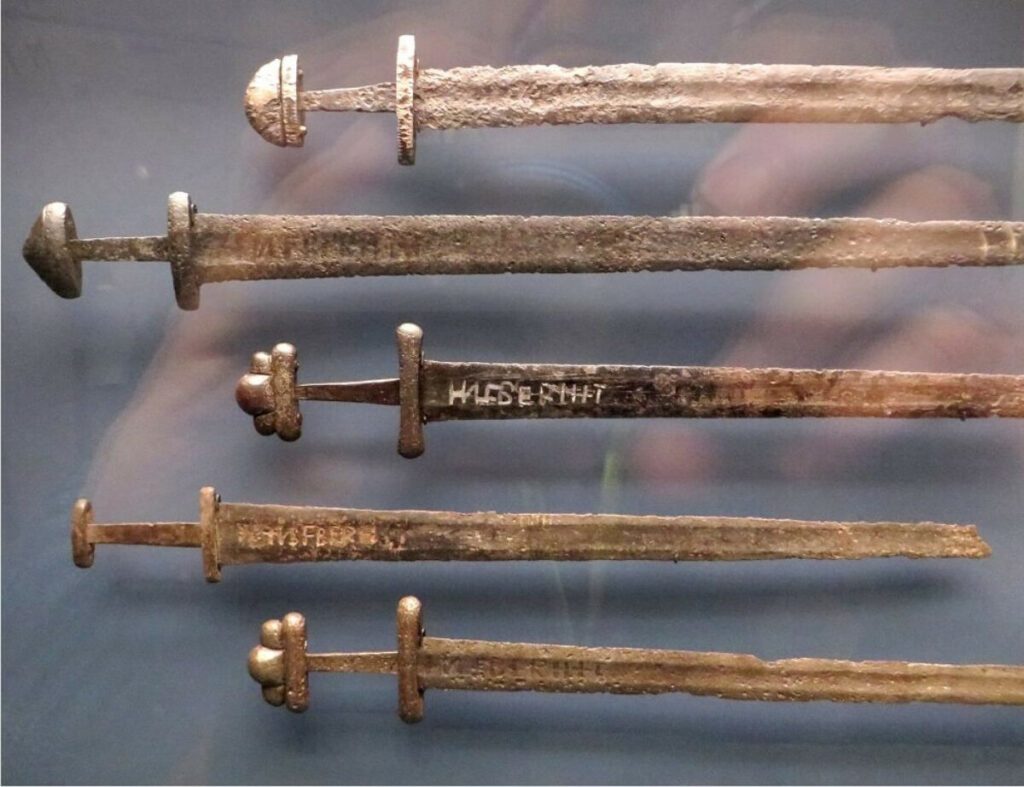
The Enigma of Origin
While the steel’s superiority is undeniable, its source remains a mystery. Some scholars point to the Rhineland, while others suggest a more extensive manufacturing network. The truth, like the swordsmith’s identity, remains hidden in the mists of time.

The Mark of Quality
The Ulfbehrt Signature
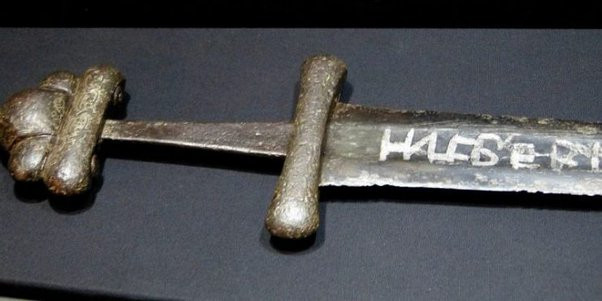
Each genuine Ulfbehrt bore its distinctive inscription, a mark of prestige reserved for the Viking elite. However, even in those ancient times, counterfeiters sought to capitalize on the Ulfbehrt’s reputation, creating inferior blades that mimicked the appearance but lacked the quality of the originals.
A Legacy in Steel
Today, with only about 170 genuine Ulfbehrt swords known to exist, each discovery offers a precious glimpse into the sophisticated world of Norse craftsmanship. These rare artifacts continue to challenge our perceptions of medieval technology, standing as enduring testaments to Viking ingenuity and skill.
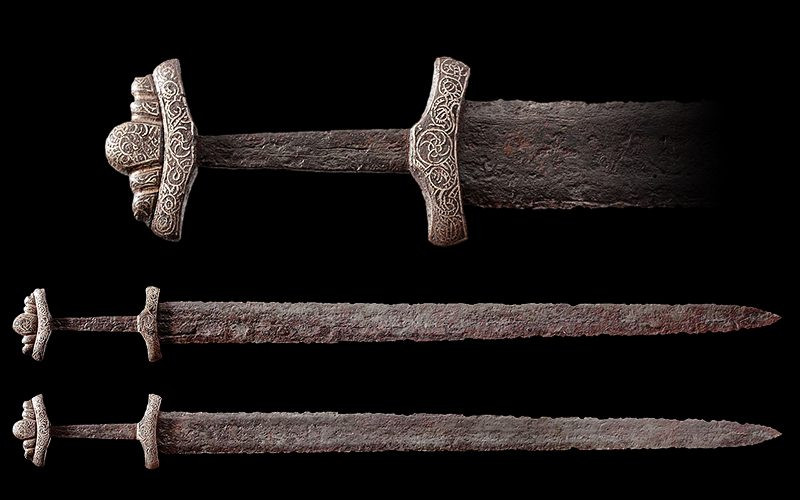
As we continue to unravel the mysteries surrounding these legendary blades, the Ulfbehrt swords remain a source of fascination, bridging the gap between myth and history in the saga of Viking exploration and conquest.
